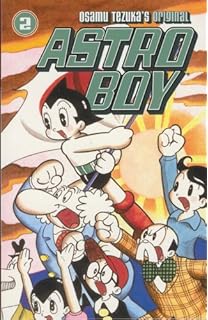Week 3: Robotics + Art
Since the first machine was not created until around the
year 1040, which is when the Chinese developed their printing press as Dr. Vesna
highlights, knowledge could not be “dispersed and disseminated…in large
quantities” before. Despite the increased availability of knowledge and resources the
printing press and computers have created, Douglas Davis elucidates how
there is a “sacred line between ‘original’ and ‘fake.’ " Walter Benjamin suggests, “even
the most perfect reproduction of a work of art is lacking in one element: its
presence in time and space, its unique existence at the place where it happens
to be.”
 |
| Some of Leonardo da Vinci's ideas for inventions https://s-media-cache-ak0.pinimg.com/736x/80/88/54/808854937437a740367ca709b17671be.jpg |
 |
| Astro Boy is a Japanese manga series created by Osamu Tezuka http://ecx.images-amazon.com/images/I/5171MFaSZaL._AC_UL320_SR208,320_.jpg |
 |
| WALL-E and EVE were introduced in 2008 wall_e_eve-1600x900.jpg |
While there are endless possibilities regarding the future
with robots, the primary or notable scenarios forms of art, such as novels and
films, seem to depend on the robots developing emotions. Even though robots may be machines that possess artificial intelligence, the development of emotions is completely
different. Firstly, in order for robots to take over the human world, they
would have to acquire the feeling of wanting or desiring something. Rodney Brooks
in this Ted Talks speech suggests
that people are not deliberately going to build robots with such high
capabilities. Another common scenario can be seen in the movie WALL-E. In this movie, a robot intended
to clean up the abandoned planet Earth in the future is characterized to have human-like qualities. WALL-E along with Astro Boy, a Japanese anime character Kusahara mentions and one I grew up watching, reveal how robotics in art has been portrayed to be relatable to human beings. A possibility as suggested by Kusahara is to make robots seem friendlier and to strip away the idea of a takeover.
Works Cited
Benjamin, Walter. “The Work of Art in the Age of Mechanical
Reproduction.” N.p.: n.p., 1936.
Davis, Douglas. “The Work of Art in the Age of Digital
Reproduction (An Evolving Thesis: 1991-1995).” Leonardo 28.5 (1995): 381-86. Web.
TEDtalksDirector. “Rodney Brooks: How Robots Will Invade Our
Lives.” YouTube. YouTube, 10 Oct.
2008. Web. 15 Apr. 2016.
Uconlineprogram. “Robotics MachikoKusahara 1.” YouTube. YouTube, 14 Apr. 2012. Web. 15
Apr. 2016.
Uconlineprogram. “Robotics Pt1, Pt2, and Pt3.” YouTube. YouTube, 15 Apr. 2012. Web. 15 Apr. 2016.
Uconlineprogram. “Robotics Pt1, Pt2, and Pt3.” YouTube. YouTube, 15 Apr. 2012. Web. 15 Apr. 2016.
Comments
Post a Comment